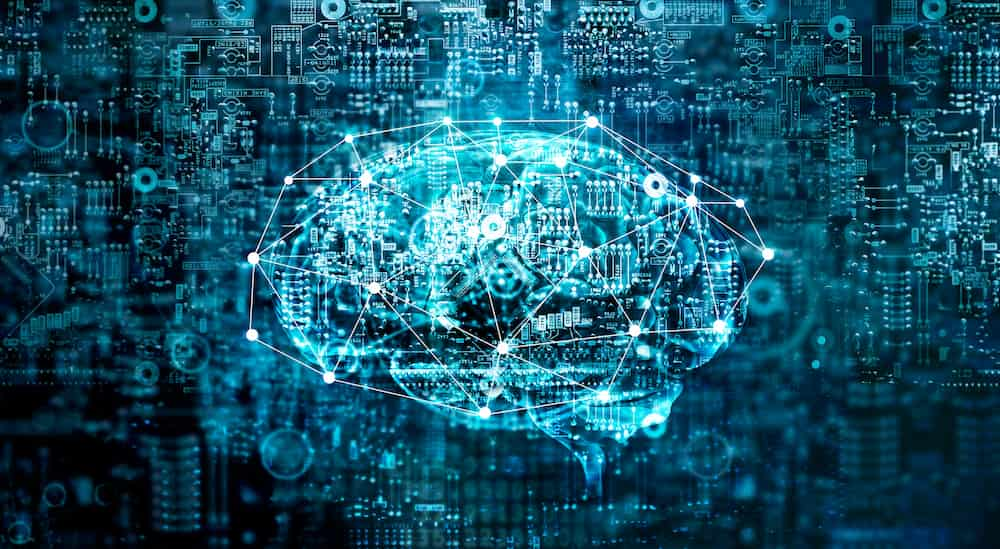AGI is likely to emerge via robotics. Robotics might also lead to deeper discoveries.
The transition from AI to AGI is particularly about the senses...
AI development is advancing rapidly and has long surpassed the Turing criterion. In conversations, it is no longer possible to determine whether there is a computer or a biological human on the other end.
The next steps towards Artificial General Intelligence (AGI) involve the development of consciousness and intentionality, as previously discussed. This requires integration of robotics with AI. Robotics means equipping AI with human senses such as sight, hearing, smell, taste, touch, and balance, and ultimately also proprioception and interoception.
This integration is complicated because both human and AI intelligence, reasoning, and decision-making deviate from the mathematically rational, which is consistent and applies the same way every time.
... and about how we learn from these
Our decision-making patterns are largely the result of our learning from coordinating sensory input, and then layering this learning throughout our lifetime. This leads to gradual behavioral changes as we age. The same happens with AI.
Human learning is often described through the so-called RPE principle, Reward Prediction Error (which is based on Predictive Coding Theory).
- The principle suggests that we operate based on a theory of the world, which we use to predict, to set expectations. We only notice the world (i.e., perceive) when the prediction significantly deviates from what we sense.
- RPE is, among other things, the way our brains avoid an overflow of input. RPE allows our brains to ignore more than 99% of all sensory input.
- The combination of a large brain capacity and RPE is a significant reason why our evolution has surpassed that of other mammals so markedly.
- When expectation errors occur, we correct our learning. We call this personal development.
- But if our new conclusion leads to further incorrect predictions, biases arise, as we know from the investment world (e.g., believing that a failed investment will turn around tomorrow).
- Biases tend to be self-reinforcing. But it often takes a long time and many self-reinforcing chains of bias before we become aware that we need to correct our perception of the world from our sensory input.
- The older we get, the harder it becomes to perceive and thus change behavior.
AGI will have a higher IQ than us. This presents new types of opportunities.
Our perception of the world is therefore limited by how we interpret input, as mentioned above. But additionally, perception is limited by the input our senses provide, as discussed in the previous text. This is what John Keats expressed through: “Nothing ever becomes real till it is experienced.”
What lies beyond the reach of our senses, we call “dark.” We can calculate that it must be there, but we cannot sense it. In the universe, dark energy makes up about 68% of the total energy, and dark matter constitutes about 85% of the total mass of the universe. This means that ordinary matter, which forms stars, planets, etc., only accounts for the remaining 15% of total mass. In other words, our perception of reality is significantly blurred.
The human brain has physical limitations, e.g. from the number of synapses. Therefore, evolutionarily, we are geared to limit our search for input to what lies within our sensory range (Cognitive Load Theory). It is a biological mechanism that ensures our physical survival.
AI does not share this limitation, especially when quantum computers become available. Therefore, AI is the likely candidate to take us the next step forward. We still need to discover new senses that can detect the "dark" matter and energy. The perspectives herein are dizzying and are today the research focus for an increasing number of physicists, like e.g. danish Holger Bech Nielsen.
If that happens, AGI will have long surpassed us.

